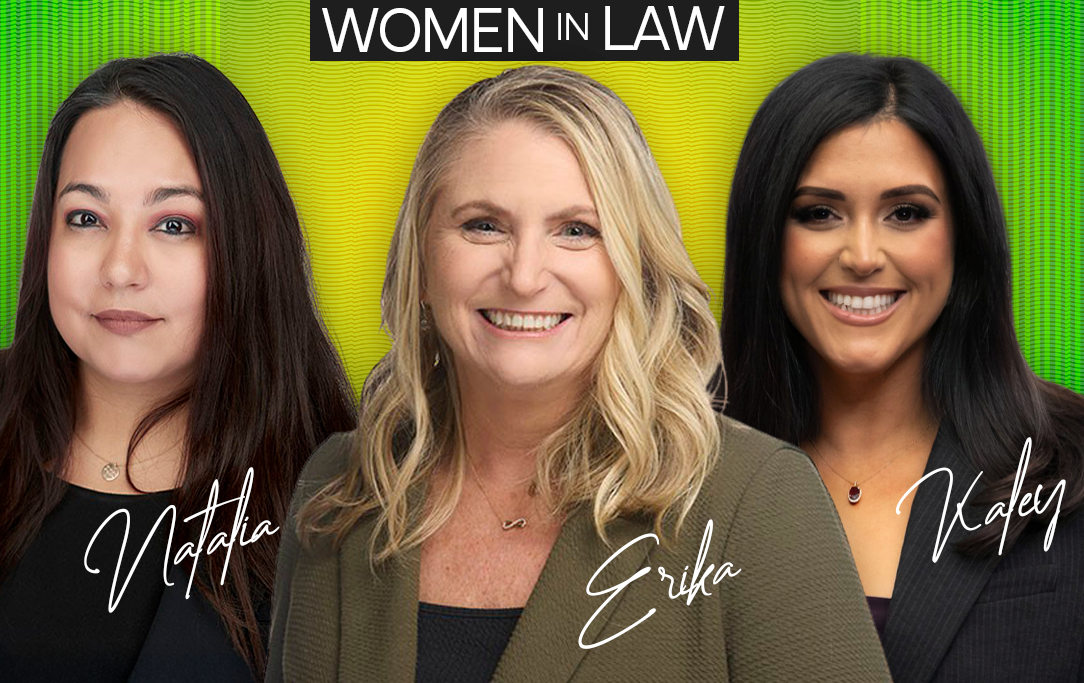Nursing Home Slip and Fall
It is reasonable to expect any property that will have visitors or tenants should be free and clear of hazards. Unfortunately, that doesn’t always happen and when the place is a nursing home, the risk of injury to residents who may be a vulnerable population, is even greater.
Unintentional falls remain the leading cause of death and injury to those over the age of 65. According to the Florida Department of Health, 1,700 Floridians experienced a fatal fall and more than 53,000 of those falls resulted in a hospital stay in 2007.
Nationwide, more than 1.6 million elderly find themselves in an emergency room each year as a result of a fall-related injury.
Only half of the elderly who experience hip fractures from a fall will ever be able to live independently again.
Because nursing home residents may be struggling with balance, it is vital for walkways to be clear of debris and hazards. A senior may have the challenge of maintaining balance and may not be able to react in time if they fall. In that case, a fall can lead to a traumatic head injury or broken bones and hospitalization. The owner of that nursing home would be liable if there were hazards that were not removed.
If a resident has shown himself or herself to be at risk, special care must be taken. Perhaps they have had a hip replacement, or walk with a cane. Perhaps they are not steady on their feet. If there are any indications the resident may be at risk for a slip and fall, a special supervised plan should be put into place to avoid falling at all costs. That may include and railings, walkers, canes or assistance to get around and prevent falls.
Vanderbilt University School of Medicine found that implementing a fall prevention program reduced the risk of falls by 19 percent and many of the interventions were common sense and low cost, such as removing debris and clutter and fixing broken wheelchairs.
An understaffed facility also presents a huge risk factor for residents who wander unassisted or unattended or try to take themselves to the bathroom or to visit a friend with no one there to assist. A fall can result when a resident’s bed rails are not in place or during the transfer from a bed or wheelchair. Wet floors and poor lighting can cause a fall.
A typical 100-bed nursing home may have a 10 to 20 percent fall rate with many causing serious injuries to the hip, extremities, spinal cord, and head, requiring hospitalization and resulting in a decreased quality of life and even death.
Farah & Farah’s Florida nursing home abuse attorneys understand that not-for-profit nursing homes or assisted living facilities generally place more care on residents, are better staffed, and have less concern about bringing in huge profits.
If you believe that your loved one experienced a slip and fall due to the negligence of the nursing home or assisted living facility, the experienced Florida nursing home and premises liability attorneys at Farah & Farah are just a phone call away. We can help you decide if the fall resulted from someone’s negligence and if there are some avenues to recover damages for the medical bills and pain and suffering your loved one has experienced.













